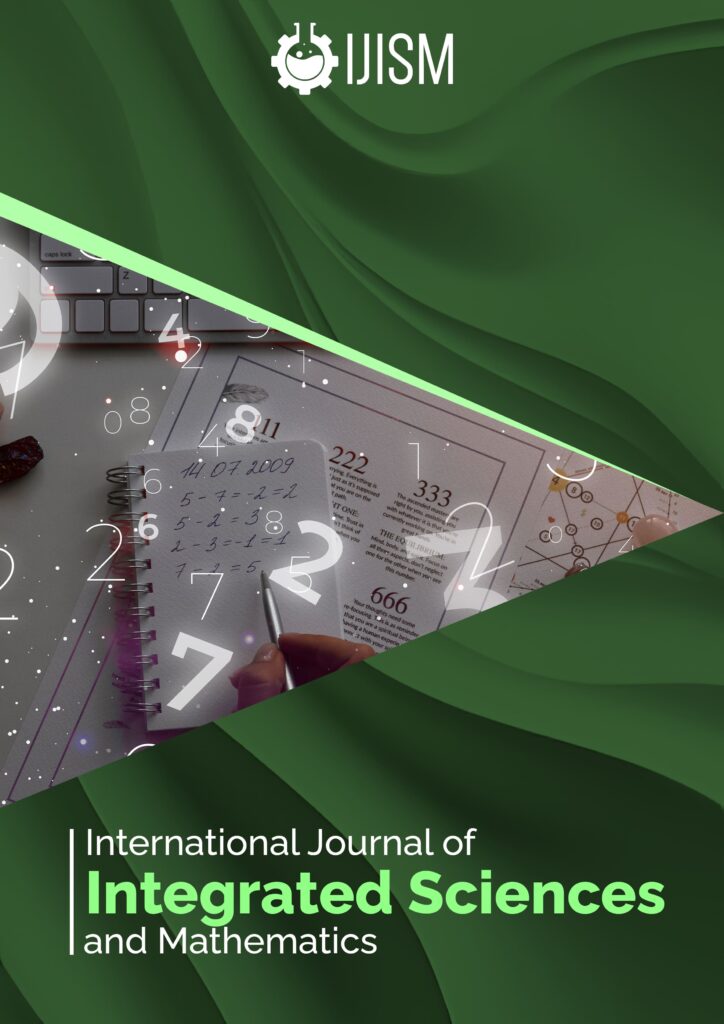Rapid Detection and Antifungal Susceptibility Testing: Determining Minimum Inhibitory Concentrations of Routine Antifungal Drugs against MIicrobial Isolates from Corneal Scraping

-
Published On:
17th September 2024
Citation: Rahul Gupta (2024). Rapid Detection and Antifungal Susceptibility Testing: Determining Minimum Inhibitory Concentrations of Routine Antifungal Drugs against Microbial Isolates from Corneal Scraping, Internation Journal of Integrated Sciences and Mathematics, 1(1), 009-014
Author
Rahul Gupta
Sunrise University, Alwar, Rajasthan, India.
Sunrise University, Alwar, Rajasthan, India.
Abstract
This study aimed to determine the minimum inhibitory concentrations (MICs) of commonly used antifungal agents against microbial isolates from corneal scrapings, providing valuable insights into the current antifungal efficacy landscape. Corneal scrapings from patients with suspected fungal keratitis were collected and cultured to isolate fungal pathogens. AFST was performed using the broth microdilution method to determine the MICs all total of 5 fungal isolates. MIC50 and MIC90 values were calculated for each antifungal agent against the isolated fungal species. A. Amphotericin B showed the lowest MIC range (0.125-8 μg/ml), with MIC50 and MIC90 values of 1 μg/ml, indicating strong antifungal activity. Itraconazole and ketoconazole had higher MIC values (MIC50 and MIC90 at 32 and 16 μg/ml, respectively), suggesting potential resistance. This study highlights the varying susceptibility of fungal pathogens to commonly used antifungal agents, underscoring the need for routine AFST in managing fungal keratitis. Amphotericin B remains highly effective, while the higher MIC values observed for azoles like itraconazole and ketoconazole suggest emerging resistance. Tailoring antifungal therapy based on susceptibility testing is crucial to improving treatment outcomes in fungal keratitis.
Copyright Information
This work is licensed under a Creative Commons Attribution 4.0 International License.
Authors retain copyright and grant the journal right of first publication with the work simultaneously licensed under a Creative Commons Attribution 4.0 International License that allows others to share the work with an acknowledgment of the work’s authorship and initial publication in this journal.
This has been implemented from July 2024 onwards

